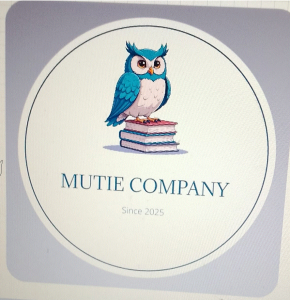
📢 Welcome to Structural Engineering – Year 1
Hello students,
My name is Josephat Mutie, and I will be your instructor for the Structural Engineering unit this semester. I am excited to welcome you to this course, which forms a key foundation for your journey in Civil Engineering.
In this unit, we will cover important topics such as:
-
Types of structures (beams, trusses, frames)
-
Types of forces and loads
-
Bending moments and shear forces
-
Properties of structural materials
-
Analysis of simple trusses
My goal is to make learning engaging, practical, and relevant to real-world engineering. Please feel free to ask questions, participate actively, and reach out if you need any support.
Let’s work together to build a strong understanding of structural principles that will support your future career as a professional civil engineer.
Looking forward to a successful and interactive learning experience with you all!
Warm regards,
Josephat Mutie
Instructor – Structural Engineering
- Teacher: Admin User


